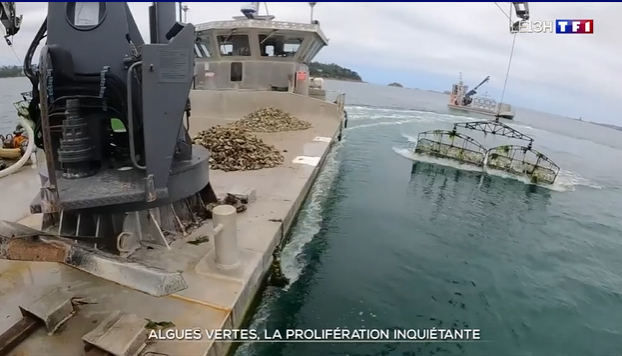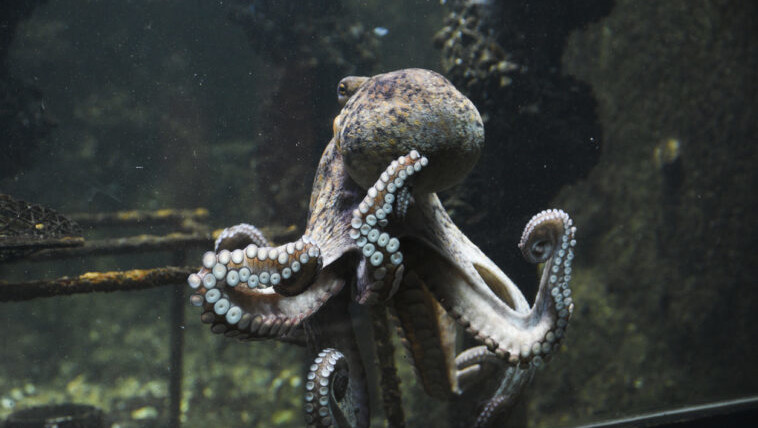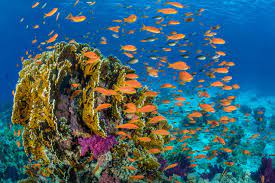Since he started oyster farming at the age of 15, Tony Brin has never seen anything like this. « We’re working at a loss. I started this job at 15, and I’ve never experienced a crisis in oyster farming like this one, » the oyster farmer from Île de Ré explains to TF1’s 8 PM news. Each year, he observes a real disaster within his farms: he loses about a hundred oysters.
« For the past ten years, we’ve seen a significant problem in keeping our oysters alive. We’re facing 30 to 50% overall mortality, which is enormous, » he explains.
The issue lies in the rising ocean temperatures, regardless of the season, due to climate change. « When temperatures in December reach 17°C, it’s like April temperatures, » sighs Tony Brin. Consequently, oysters grow too quickly, and their shells become extremely fragile.
To clean them, oysters must pass through decontamination tanks. However, due to the closed circuit, the water in these tanks sometimes reaches temperatures even higher than those in the sea. « If it hits 30°C, all the oysters die. And when we lose entire tanks of oysters, it’s very complicated, » details Fany Marié, an oyster farmer at « Saveurs nacrées. »
Thus, Fany Marié invested €40,000 in a refrigeration system to maintain the tank temperature at 14°C. This is in addition to €400 monthly electricity costs. « It’s definitely a significant expense, but there’s no other solution but to try to adapt if we want to market oysters in summer. With rising temperatures, we won’t have a choice, » says Fany Marié with a sense of resignation.
The Red Algae Solution
In addition to excessively high temperatures, the ocean is becoming more acidic, which attacks the oyster shells, primarily composed of limestone. To address this issue, scientists are working on a solution: red algae. These algae are already naturally developing on oyster pockets. « These red algae, close to the oysters, will help limit the acidification of the seawater, » explains Pierrick Barbier, an aquaculture scientific advisor at Capena.
In the long term, these red algae could even become an additional source of income for oyster farmers who choose to cultivate them. « These algae leaves will be used in sushi production and cosmetics. The goal is to produce and develop this culture on oyster pockets so that professionals can sell this production, » assures Cédric Hennache, a fisheries and environmental study manager at Capena.
Could red algae save French oysters? This experiment is set to be tested on a large scale in 2025.
Source: TF1 Info




